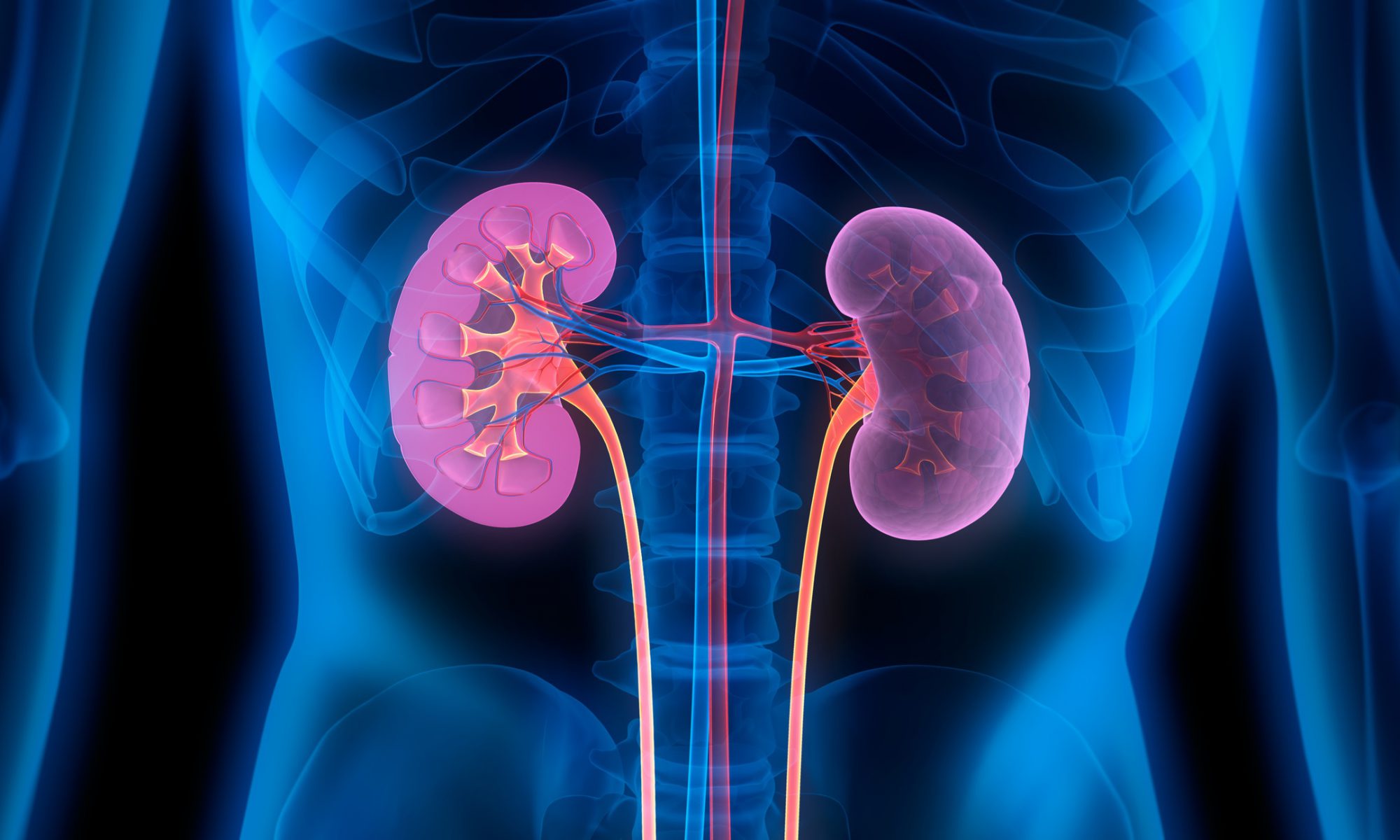As the number of heart transplants performed across the U.S. continues to grow, surgeons at the Frankel Cardiovascular Center are taking advantage of technology that could increase its transplant yield by as much as 30%.
In March, transplant surgeons completed the health system’s first heart transplant using an organ from a donor who had recently died — a process called donation after circulatory death, or DCD. The patient, a man in his 30s, received the heart after years of deteriorating due to congenital heart failure.
Read the full story from Michigan Medicine.







